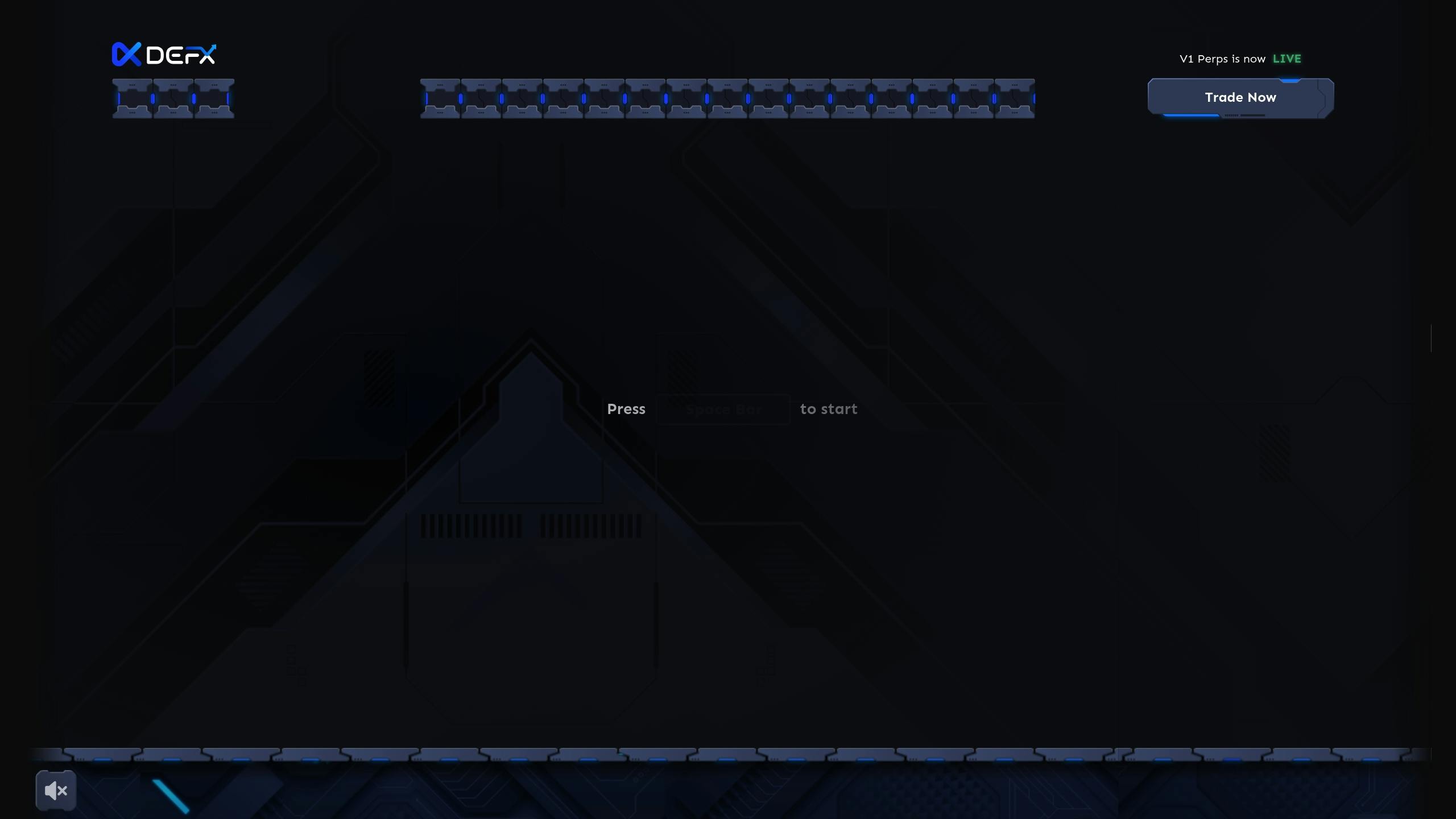After a Token Generation Event (TGE), projects must carefully manage token distribution, supply, and market dynamics to ensure stable growth. Here’s what happens next:
- Vesting Schedules: Tokens are released gradually to prevent early sell-offs. Common methods include linear, cliff, and milestone-based vesting.
- Market Metrics: Fully Diluted Valuation (FDV) and market cap help predict sell pressure and price stability.
- Supply Management: Balancing token issuance (e.g., staking rewards) and removal (e.g., token burns) is key to maintaining value.
- Protocol Design: Strong token utility, staking mechanisms, and supply controls drive demand and reduce sell pressure.
Quick Comparison of Vesting Strategies
| Vesting Type | Key Features | Common Use Case |
|---|---|---|
| Linear | Steady release over time | General distribution |
| Cliff | Initial lock period | Team and advisor tokens |
| Milestone-based | Goal-based token unlocks | Development incentives |
Post-TGE success depends on balancing token supply, aligning stakeholder interests, and building utility for long-term growth.
What is token vesting? How does it affect project tokenomics?
Token Vesting Schedules
After a Token Generation Event (TGE), setting up proper vesting schedules plays a key role in reducing early sell-offs and maintaining token value. These schedules determine when and how tokens are released, ensuring a steady flow into the market. This approach helps prevent early investors and team members from selling too soon, which could destabilize the market.
Basics of Vesting
Vesting schedules are enforced through smart contracts, which lock tokens and release them based on specific conditions. This eliminates manual errors and ensures transparency. The length and structure of these schedules often depend on the stakeholder’s role:
- Team members: 24–36 months
- Founders: 36–48 months
- Advisors: 12–24 months
Smart contracts ensure tokens are distributed fairly and consistently, building trust in the process[2][3].
Types of Vesting
Different projects use various vesting strategies to align with their goals. Common approaches include:
- Linear Vesting: Tokens are released at a steady rate over time, ensuring a predictable supply increase.
- Cliff Vesting: Tokens remain locked for an initial period (e.g., a one-year cliff) before any are released.
- Milestone-based Vesting: Tokens are distributed when specific project goals are achieved instead of using time-based intervals.
Here’s a quick comparison of these methods:
| Vesting Type | Key Features | Common Use Case |
|---|---|---|
| Linear | Steady release rate | General token distribution |
| Cliff | Initial lock period | Team and advisor tokens |
| Milestone | Achievement-based | Development incentives |
These methods help manage token distribution and shape market behavior by controlling when tokens become available.
Price Effects of Vesting
Vesting schedules directly impact token prices by regulating the pace at which tokens enter the market. While token unlock events can sometimes create selling pressure, a carefully designed vesting schedule can help reduce extreme price swings and promote long-term stability.
For instance, the ILV token introduced a one-year cliff for seed investors. This approach successfully minimized early sell-offs and supported price stability during the project’s early stages[5]. A solid vesting schedule considers factors like market trends, the project’s timeline, regulatory needs, and the roles of different stakeholders.
Market Cap vs FDV
Market Capitalization and Fully Diluted Valuation (FDV) provide different perspectives on a token’s current worth and its potential value after the Token Generation Event (TGE).
When analyzing token release strategies, it’s crucial to assess both present and potential value metrics.
What Is FDV?
Fully Diluted Valuation represents the hypothetical value of a token project if all tokens were in circulation. To calculate it, multiply the current token price by the total token supply, which includes both circulating and locked tokens [4].
For example, if a token is priced at $10 and the total supply is 30 million, the FDV would be $300 million [4].
What Is Market Cap?
Market capitalization indicates the current value of the circulating tokens. It’s calculated by multiplying the token’s current price by the number of tokens currently in circulation [4].
| Metric | Calculation | What It Shows |
|---|---|---|
| Market Cap | Price × Circulating Supply | Current market value |
| FDV | Price × Total Supply | Hypothetical total value |
| Gap Analysis | FDV – Market Cap | Impact of future supply |
The gap between FDV and market cap, when analyzed alongside vesting schedules, helps predict future market trends and pressures.
Comparing Market Cap and FDV
Looking at both metrics side by side can help investors evaluate potential sell pressure and make informed decisions.
A large difference between market cap and FDV often indicates significant future token releases, which could influence price stability.
Key points to consider:
- Supply Release Impact: A large gap suggests major token releases are on the horizon.
- Vesting Schedules: Align FDV with vesting timelines to anticipate market dynamics.
- Price Stability: Analyze how upcoming token releases could affect the token’s current value.
"Comparing market capitalization with FDV helps investors assess potential inflationary risks and future success potential by considering the value of all tokens in circulation" [4]
sbb-itb-dd9e24a
Token Supply Management
Managing token supply after a Token Generation Event (TGE) involves carefully balancing how tokens are issued and removed from circulation to help stabilize prices.
Token Distribution Methods
Tokens can enter circulation through various mechanisms, such as mining rewards (Proof of Work) or staking rewards (Proof of Stake) [1][2]. Ethereum‘s shift to Proof of Stake (PoS) has introduced a more controlled approach to token inflation [2][6]. These distribution methods play a crucial role in shaping how tokens circulate in the market.
| Distribution Method | Mechanism | Effect on Supply |
|---|---|---|
| Mining Rewards | Tokens created via PoW | Gradual, predictable growth |
| Staking Rewards | Tokens created via PoS | Adjustable, controlled rate |
| Incentive Programs | Participation rewards | Based on user activity |
Token Removal Methods
To counteract inflation, many projects employ token burns, permanently removing tokens from circulation [2][3]. Binance Coin (BNB) serves as a well-known example, regularly conducting token burns to lower its total supply and support price stability [2][6].
Supply-Demand Balance
Striking a balance between token issuance and removal is critical for maintaining stable prices over the long term. Projects often tweak these mechanisms based on market conditions, development milestones, and stakeholder expectations [2][3]. This becomes especially important after the TGE, as projects must manage immediate liquidity needs while planning for sustainable growth. Regular analysis of market trends and data allows projects to fine-tune their supply strategies, ensuring they align with project goals and maintain price stability [2][6]. This balanced approach sets the stage for robust protocol design in the next phase.
Protocol Design Elements
Managing token supply is just one piece of the puzzle. A well-thought-out protocol design is equally important for maintaining token value after the Token Generation Event (TGE). Post-TGE, token economics and growth strategies come into play to ensure lasting value.
Token Design Basics
At its core, token design is about defining clear utility and controlling supply effectively. A strong token needs specific use cases that naturally drive demand, paired with mechanisms to regulate its circulation.
Here are four key components of effective token design:
| Component | Purpose | Impact on Price |
|---|---|---|
| Use Cases | Defines token utility | Boosts natural demand |
| Supply Controls | Regulates circulation | Lowers sell pressure |
| Vesting Mechanics | Controls token release | Smooths price fluctuations |
| Staking Mechanisms | Encourages holding | Reduces circulating supply |
Price Growth Mechanics
Mechanisms for price growth aim to balance demand with minimal sell pressure. One popular method is dynamic burning, where tokens are automatically removed from circulation based on market conditions. This real-time adjustment helps stabilize prices by responding to supply and demand shifts.
A great example of this approach can be seen in the practices of Defx Perps DEX.
Defx Perps DEX Example

Defx Perps DEX showcases a strong protocol design by combining token economics with practical utility. Their system includes:
- Cross-margin trading to increase token usage.
- Liquidity pools that reward long-term holders.
- Permissionless token listing to encourage organic growth.
Built on Ethereum, the platform is non-custodial and includes robust security measures, which foster trust among users. Additionally, their referral program promotes community-driven demand, creating a self-sustaining cycle of growth and value. This integrated strategy highlights how thoughtful design can link utility with lasting value.
Post-TGE Success: Key Factors for Growth
Strategic token management is essential for ensuring success after a Token Generation Event (TGE). Both teams and investors benefit from a well-structured approach.
Core Elements of Token Management
Effective token management after TGE relies on four main pillars, each playing a distinct role in fostering growth:
| Pillar | Purpose | Impact |
|---|---|---|
| Vesting Schedules | Controlled token distribution | Prevents market flooding and ensures stability |
| Supply Management | Balancing token circulation | Mitigates inflationary pressures |
| Protocol Design | Building utility and value | Encourages organic demand |
| Market Dynamics | Maintaining price stability | Supports long-term project growth |
These elements work together to create a strong and adaptable token ecosystem. For example, Defx Perps DEX showcases how balanced tokenomics can drive success. By combining cross-margin trading, liquidity pools, and a carefully planned token distribution model, they highlight the importance of thoughtful design.
Insights on Tokenomics and Market Behavior
Analyzing Fully Diluted Valuation (FDV) against circulating market cap can help identify potential sell pressure. Implementing vesting schedules is a proven way to stabilize prices during early, critical stages of a project.
Modern token management practices have evolved significantly since the ICO boom of 2017. Many projects now incorporate advanced strategies, such as:
- DAO governance to guide supply-related decisions
- Performance-based unlocking, tied to specific milestones
- Multi-signature wallets for enhanced security
- Dynamic burning mechanisms to manage token supply
These practices reflect the maturity of the crypto industry, emphasizing long-term growth over short-term profits. The real key to post-TGE success lies in maintaining a balance between token utility, supply control, and protocol design to build a sustainable ecosystem.
FAQs
What is the vesting schedule for crypto?
Vesting schedules are a way to lock tokens and release them gradually based on set conditions. This approach helps maintain project stability and prevents token holders from selling off large amounts immediately.
Here are some common types of vesting schedules:
| Vesting Type | Description | Typical Duration |
|---|---|---|
| Linear | Tokens are released gradually at regular intervals. | 2–4 years |
| Cliff | No tokens are released until a set period ends, after which some or all unlock. | 6–12 months |
| Milestone-based | Tokens are unlocked when specific project goals are achieved. | Depends on the project |
| Graded | Tokens are released at different rates over time. | 3–5 years total |
Newer vesting strategies now include added features like performance-based triggers, multi-signature approvals, and DAO governance to improve security and community involvement.
"The concept of vesting schedules originated from traditional finance and stock options but became essential in crypto after the 2017 ICO boom."
